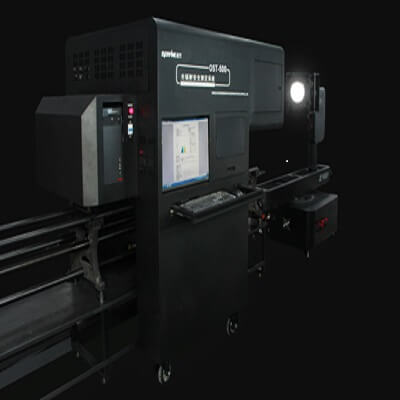
The rise of LED lighting is driving a significant transformation of the lighting industry. Thanks to their miniaturized dimensions and low heat radiation, they can be embedded almost anywhere. LEDs can provide a palette of millions of colors and dynamic effects that conventional lighting cannot match in terms of design, scene-setting and ambiance. Being digital, they are programmable, offering unlimited scope for creative use and effective management. They offer long lifetimes and increased energy & maintenance savings, thereby making them an efficient solution.
Need for LED Standards
The initial stage of introducing any new technology in the market is fraught with multiple problems as evidenced in the Indian LED market. The influx of low quality products in the market, inaccurate quality claims, high initial cost, inadequate information on product performance, lack of confidence of designers on SSL products and lack of awareness among consumers created the urgent need for standardized methodologies for characterizing LED sources and finished SSL products along with robust optical test equipment to provide the SSL industry with a foundation to document and compare product performance and reliability. This has led to new product safety, performance and compliance fundamentals.
The widespread demand for LED standards from all stakeholders regarding the need to define quality characteristics, need for quality monitoring and power quality issues has led to the formation of the Indian standards on LED and LED based products published by the government addressing the safety, performance and reliability parameters effectively. The Bureau of Indian Standards (BIS) along with stake holders like ELCOMA; UL, EESL & BEE developed 12 Basic minimum requirements for performance, safety and quality standards for LED lighting as part of the Union Ministry of Power’s scheme to encourage large scale implementation of LED lighting in India. These new standards, which could be equated to global lighting standards, ensure that minimum requirements will have to be met by the LED manufacturers.
For safety, performance, and energy efficiency testing, UL in India has the expertise to get the lighting products compliance to the applicable standards and help the customer to access the following certifications namely, North America & Canada c UL, ENEC (European), ESMA (UAE) and SASO (Saudi Arabia).
Testing Equipment
High level institutes and laboratories like UL and ITC India for instance use multiple measurement instruments to test product conformity to the required standards. These instruments are sourced from companies such as Everfine Corporation, a professional supplier of photoelectrical (optical, electrical, opto-electrical) measurement instruments and calibration services. Leading in the field of LED & lighting measurement instruments, EVERFINE has the largest customer base in the world including NIM, UNDP, NIST, ITS, TUV and famous corporations like Philips, Osram, GE, Cree, Samsung etc.
Some of the testing equipment include:
Manufacturers and Compliances
Product requirements in India fall into two categories: technical regulations (or mandatory standards) and non-mandatory voluntary standards. Compliance with regulations and standards is also governed by a certification system in which inspection results determine whether or not approval (certification/quality mark) is granted.
Compliance with “voluntary” standards and obtaining “voluntary” marks of approval can greatly enhance a product’s quality and help to boost the consumer acceptance. According to Puneet Randeo, Business Development Head: Appliances, HVAC & Lighting, UL South Asia, some of the tests that an LED manufacturer often needs to go through include (a) Electrical safety tests – intended to test the product for electrical safety during normal and abnormal operations (b) Mechanical tests (c) Environmental tests – to ensure product is safe during hash environmental conditions of extreme temperature and humidity (d) Photometry tests – to ensure performance of the LED lamp / bulb in terms of lumen intensity, spectrum, color etc. (e) Component reliability tests – intended to test the reliability of protection features in the product, thermal and electrical performance of enclosures and polymeric components. In addition to this, the product may be tested for Electromagnetic compatibility through EMI/EMC tests.
With its state-of-the-art facilities and industry professionals, UL offers a wide range of testing for lighting and LED products including: BEE Star Labeling Requirement, ENERGY STAR®, DOE — Lighting Facts Label, DLC — Design Lighting Consortium, Solid-State lighting (IES LM-79, CIE 127), LED Package/Array/Module (IES LM-80), Compact Fluorescent Lamps (IES LM-65, LM-66), Fluorescent Lamps (IES LM-9, IES LM-40, IES LM-41), and Incandescent Filament Lamp (IES LM-49).
ITC India laboratory undertakes Safety Testing, LED Driver performance & Safety Testing, Ingress Protection Testing, Impact Testing, Vibration Testing, Environmental Conditional Testing, EMC Testing and Photometric Testing of LED products in India.